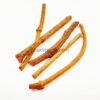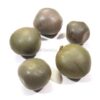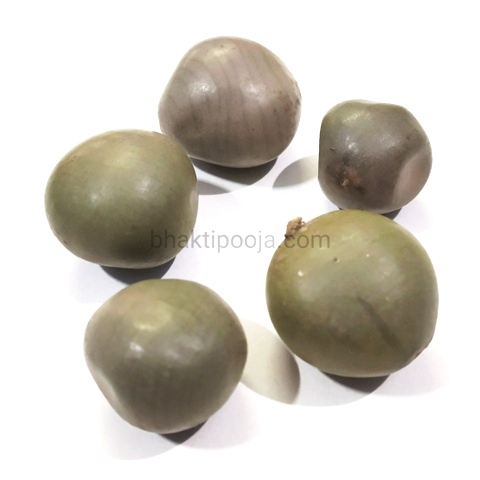- Empty cart.
- Continue Shopping
Karanja Herb
₹20.00Current price is: ₹20.00. Original price was: ₹30.00.
The Karanja is considered as auspicious in India and it is kept with Manjishtha, Haldi, Khada Dhaniya, Lal Gunja, Kamal Gatta as herbs along with Koudi and Gomti Chakra in Kuber Thaili on the occasion of Dhanteras.
5 Nuts of the Karanja to keep in the Kuber Thaili.
The Karanja vine is considered as auspicious in India and it is kept with Majishtha, Haldi, Khada Dhaniya, Lal Gunja, Kamal Gatta as herbs along with Koudi and Gomti Chakra in Kuber Thaili on the occasion of Dhanteras.
Kazharchikkai is a coarse climbing vine (5-15m long) to a prickly shrub. They can be found in hotter places in India, Sri Lanka and Burma. These trees grow on waste grounds and on coastal areas.
The plant is armed with hooked prickles. Flowers in a cluster (up to 50 cm long) yellow with reddish streaks. Flowers are of one sex only. The fruit pods (6-9 cm long) armed with numerous rigid spines. The fruit splits open when ripe to reveal 1-2 seeds which are oval, smooth and grey.
The seed coat is hard, glossy and greenish to ash grey in color and is traversed by circular and vertical faint markings of the cracks, forming uniform rectangular to squarish rectulations all over the surface. The seed is exalbuminous.
The kernel surface is furrowed and ridged, hard, pale yellowish, white circular to oval, flattened and about 1.23 – 1.75 cm in diameter. Taste is bitter and odour is nauseating and unpleasant. Kazharchikkai is pantropical.
Kazharchikkai is used by traditional Siddha physicians in Malabar regions for psoriasis treatment. The common names of Kazharchikkai are Caesalpinia Bonducella, fever nut, Bonduc nut. In Hindi it is known with the names Kankarej, Katikaranjana and the Sanskrit name is Kuberakshi.
Sanskrit Synonyms:
Karanja – which colours water
Naktamala – looks good at night
Gucchapushpaka – flowers appear in bundles
Ghritapoora – seeds yield thick oil which looks similar to ghee.
Snigdhapatra – leaves are shining, oily.
Image shown here is for representation only.
| Weight | 10 g |
|---|
Brand
Sri Kashi Vedic Sansthan




















Reviews
There are no reviews yet.